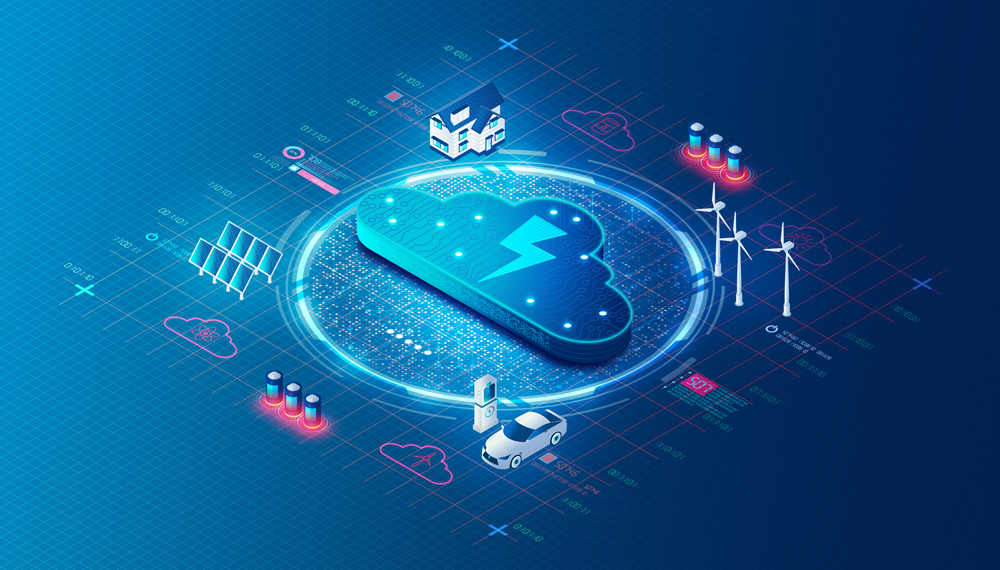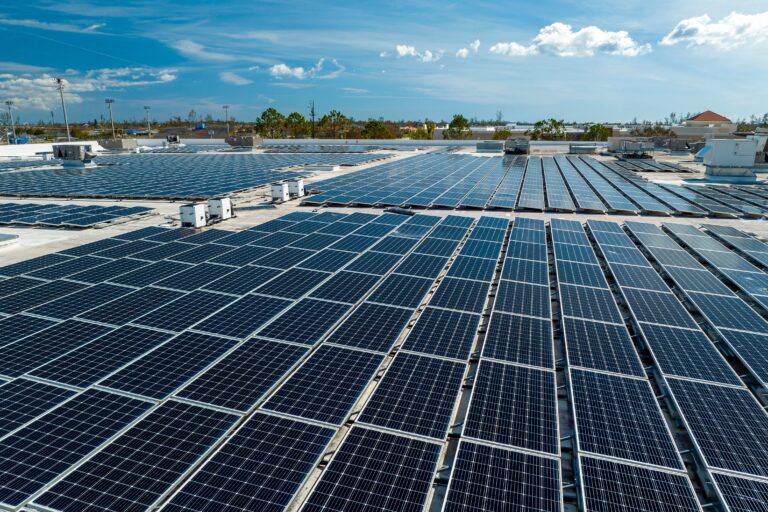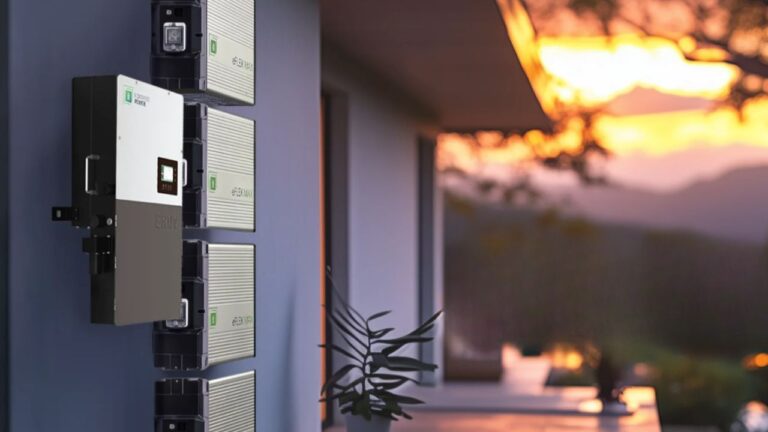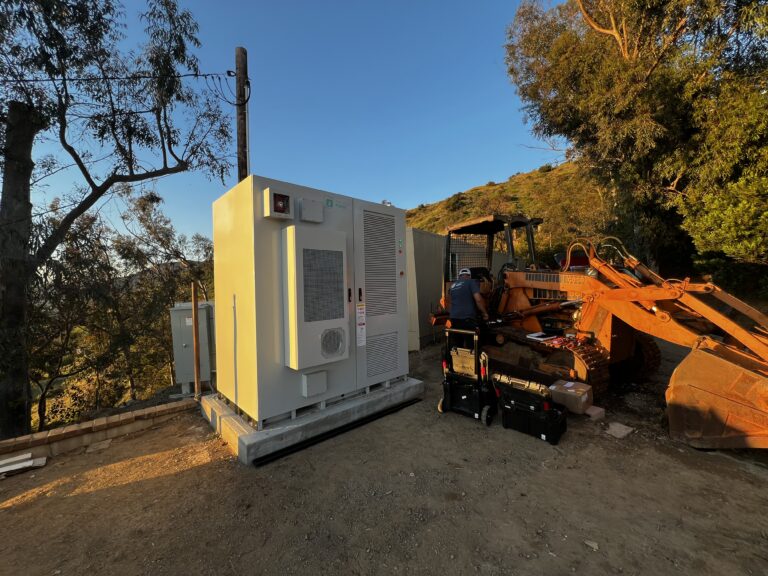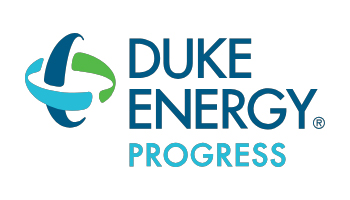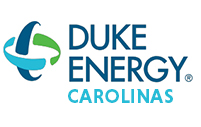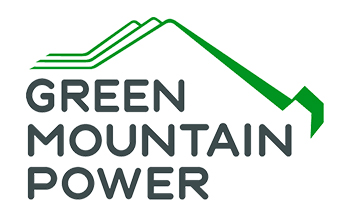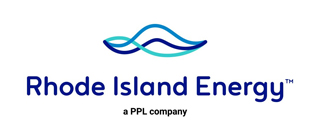What is a VPP, or virtual power plant?
Power plants are simply industrial facilities created for the purpose of generating power. As more and more people install and invest in solar or other renewable energy sources at home, businesses, or other locations, each of them creates their own scaled-down version of a power plant.
Virtual power plants, on the other hand, are an aggregation or collection of different renewable assets (hundreds or even thousands of these assets including smart thermostats, electric vehicles, and of course batteries.) Combine enough of these resources through software that can measure the amount of power it reliably provides, and you’ve got a miniature power plant.
Effectively, VPPs are used to provide added value for the utility, market, or really any grid participant – right down to the home or business owner.
What is the Benefit of VPPs?
Quite simply, the main benefit is a VPP is saving money.
When a homeowner includes a system as part of a VPP, that participation helps offset the cost of acquiring the system itself.
If a homeowner installs a solar array and battery, not only can they control their power load to reduce utility costs, but they can also monetize that system through the utility or wholesale market for additional revenue.
The other major benefit is most VPPs don’t generate any greenhouse gases. VPPs from smart thermostats reduce electrical consumption and those from batteries provide energy generated from solar panels.
But VPPs also provide value to all grid participants. They reduce the need for additional distribution infrastructure and new power plants. VPPs tend to be used in lieu of the most expensive power plants, reducing the cost of electricity for everyone. They can also make natural gas plants run more efficiently by using the VPPs to match supply and demand.
An appropriate analogy is gas mileage in the city vs. on the highway. Like driving in the city, natural gas power plants have low efficiency (gas mileage) when they are constantly ramping up and down. The gas generators can be much more efficient in maintaining a stable power level (like a car on the highway.)
VPPs, on the other hand, can quickly adjust the power provided without the efficiency impact.
Why is it called a ‘Virtual’ Power Plant?
The word ‘virtual’ comes about because you can’t see a physical structure or power plant. The VPP is software based rather than hardware, where the software is used to control these assets to produce the desired result.
Initially, this stemmed from the primary use of VPPs being load curtailment – for example, using numerous smart thermostats to reduce consumption. With the introduction of batteries, however, the capabilities increase considerably – but everything still depends on software utilization.
How Much Money Can a Homeowner Save Through a VPP?
New initiatives aimed at decarbonization and reduction of reliance upon fossil fuels will only further incentivize the joining of VPPs.
How much can we save with VPPs? The Brattle Group commissioned a recent report comparing net costs of different sources and found that a VPP can not only leverage residential load flexibility to perform as reliable as conventional resources but can do so at a cost of only 40% to 60% of the other available options.
The economics vary between markets, but the report shows that a 60-GW VPP deployment could yield savings of up to $35 billion over the next decade.
Are There Any Drawbacks to VPPs?
One challenge to the widespread utilization of VPPs is the added challenge for grid operators to try to measure energy consumption.
Rather than simply drawing consumption figures from a few centrally located power plants, operators must now consult figures from a wider variety of sources.
Change can be challenging, so the emphasis needs to be clearly displaying the benefit of enabling the VPP approach.
Clearly it can be accomplished, as many locales have such structures in place already. Nine states plus Puerto Rico currently operate VPP systems. California leads that market, hosting almost a quarter of all VPP projects in North America, but other large states like New York, Massachusetts, and Texas also adorn the list.
Rocky Mountain Power in Utah is an example from a less-populated state that has seen the financial value of a battery-based VPP, and they continue to lead that drive. Projects in Hawaii, Minnesota, and Arizona provide additional example of VPP viability, while the Brattle Group report gave examples of new initiatives overseas in Europe and Australia, to name a few.
What is the Future of VPPs?
While the value of VPPs is clear, the next step is making the math work and getting different utilities and municipalities to make that initial investment.
It’s happening already – in April, the U.S. Department of Energy awarded a $3.3 billion loan to Sunnova to finance Project Hestia, an initiative focusing on disadvantaged communities that would span 40 states, Washington D.C., Puerto Rico, and two other territories by linking rooftop solar and battery storage on up to 115,000 homes.
Up to 20 percent of those loans would be distributed in Puerto Rico – all of which would include battery storage. Puerto Rico received special consideration in the wake of multiple destructive hurricanes that compromised the power supply over the past several years.
Project Hestia is just the start. Fortress Power hopes to simplify access to VPPs through different methods without the challenges of financing.
Finally, investment in utility upgrades and prioritization of system activation continues to improve but remains a challenge in some markets as communities continue to adapt.
The need is evident – for savings on energy, for resiliency, and the push for sustainability. Now, the priorities of the utilities and government agencies are starting to catch up. The sky is the limit for the VPP market.

